Parallelogram, triangles etc
The area of a parallelogram is determined by multiplying the base, b, with the height, h, of the parallelogram:
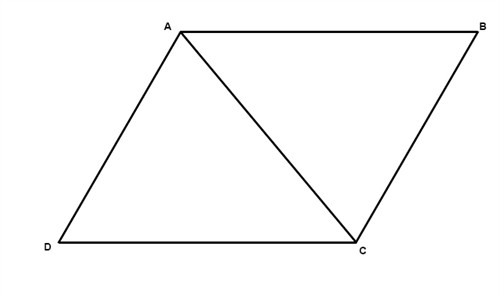
$$A=b\cdot h$$
The area of a triangle is determined by multiplying the base, b, with the height, h, of the triangle and divide by two:
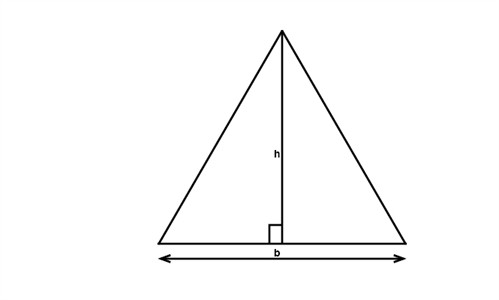
$$A=\frac{b\cdot h}{2}$$
The area of a trapezoid is determined by multiplying the mean value of the two bases, b1 and b2, with the height, h, of the trapezoid:
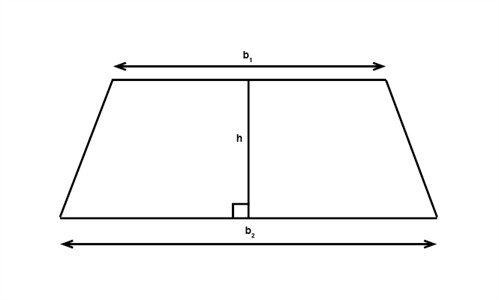
$$A=h\cdot \frac{b_{1}+b_{2}}{2}$$
The area of a rhombus is determined by half the product of the two diagonals:
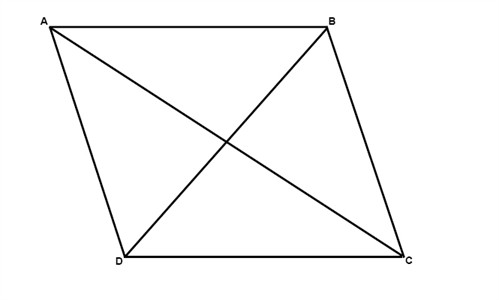
$$A=\frac{1}{2}(AC)(BD)$$
The area of a regular polygon is determined by the product of the perimeter, P, and what is called an apothem, a (see figure below):
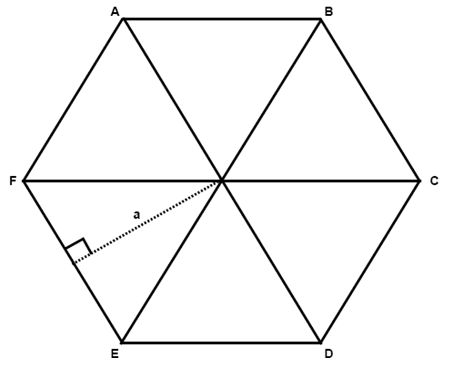
$$A=\frac{Pa}{2}$$
The area of a circle is determined by multiplying the square of the radius, r, with the constant π, pi:
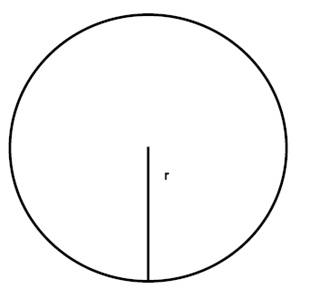
$$A=\pi r^{2}$$
Video lesson
Find the area of the triangle
